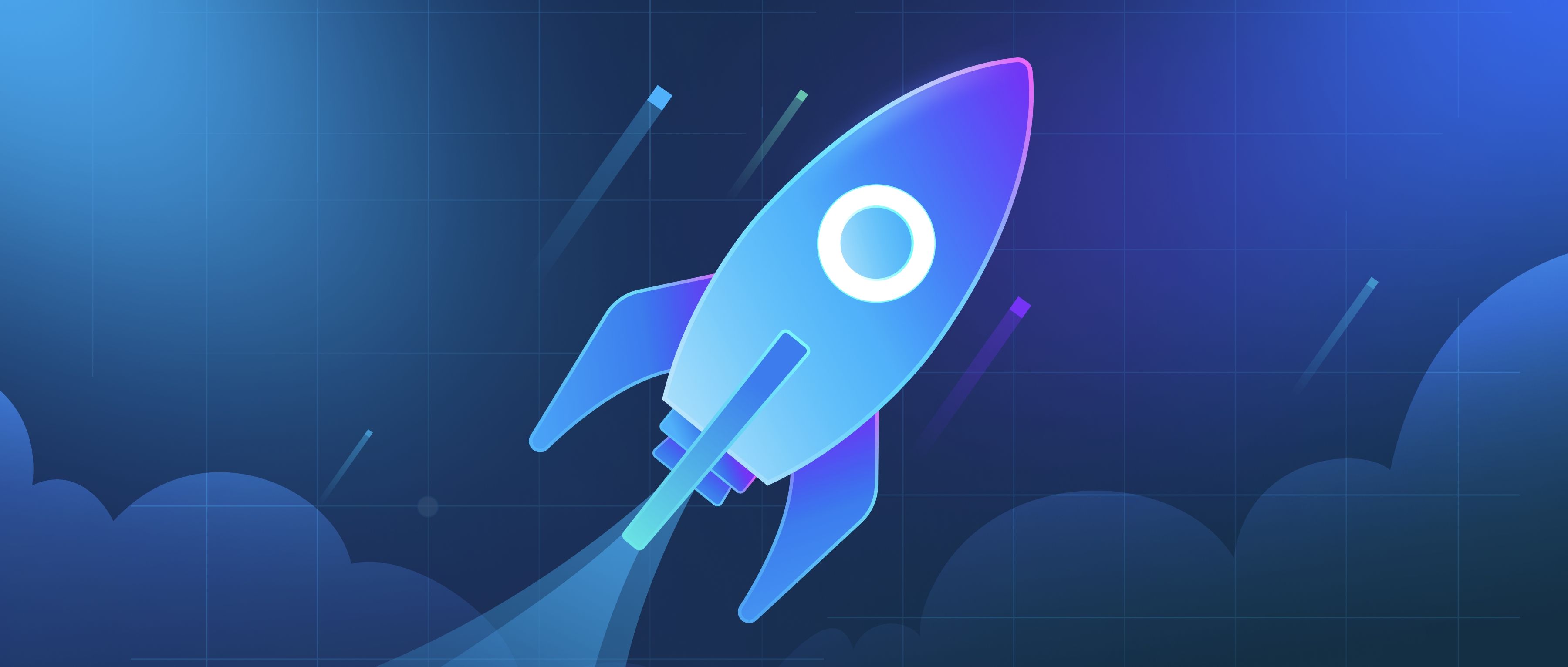When developing augmented reality (AR) projects, several debugging tools are available to help developers identify and fix issues. These tools assist in monitoring performance, analyzing user interactions, and troubleshooting graphical display problems. Notable tools include Unity's built-in debugging features, ARCore and ARKit debugging capabilities, and third-party solutions such as Vuforia and Wikitude.
Unity is one of the most popular platforms for AR development, and it provides a robust set of debugging tools. Developers can utilize the Console window in Unity to view logs, warnings, and errors generated during the execution of AR applications. Additionally, the Scene view allows developers to see real-time changes and tweaks in their environments. When working with AR, the Play mode enables testing of features in a simulated environment, making it easy to identify issues with object placement or interaction. Moreover, Unity offers profiling tools to monitor memory usage, frame rate, and other performance metrics, crucial for maintaining optimal AR experiences.
On the other hand, if you are developing for mobile AR platforms, both ARCore and ARKit provide specialized debugging tools. ARCore, Google's AR platform for Android, includes features like the ARCore Depth Viewer, which helps developers understand depth information and debugging visual elements in their AR scenes. Similarly, ARKit offers the Xcode debugger, allowing developers to step through code execution, monitor variable states, and fix runtime issues on iOS devices. In addition to these, third-party AR frameworks like Vuforia and Wikitude also come with their own debugging interfaces, providing insights into tracking accuracy and performance, which can be crucial for applications that rely heavily on image recognition and environmental understanding.
